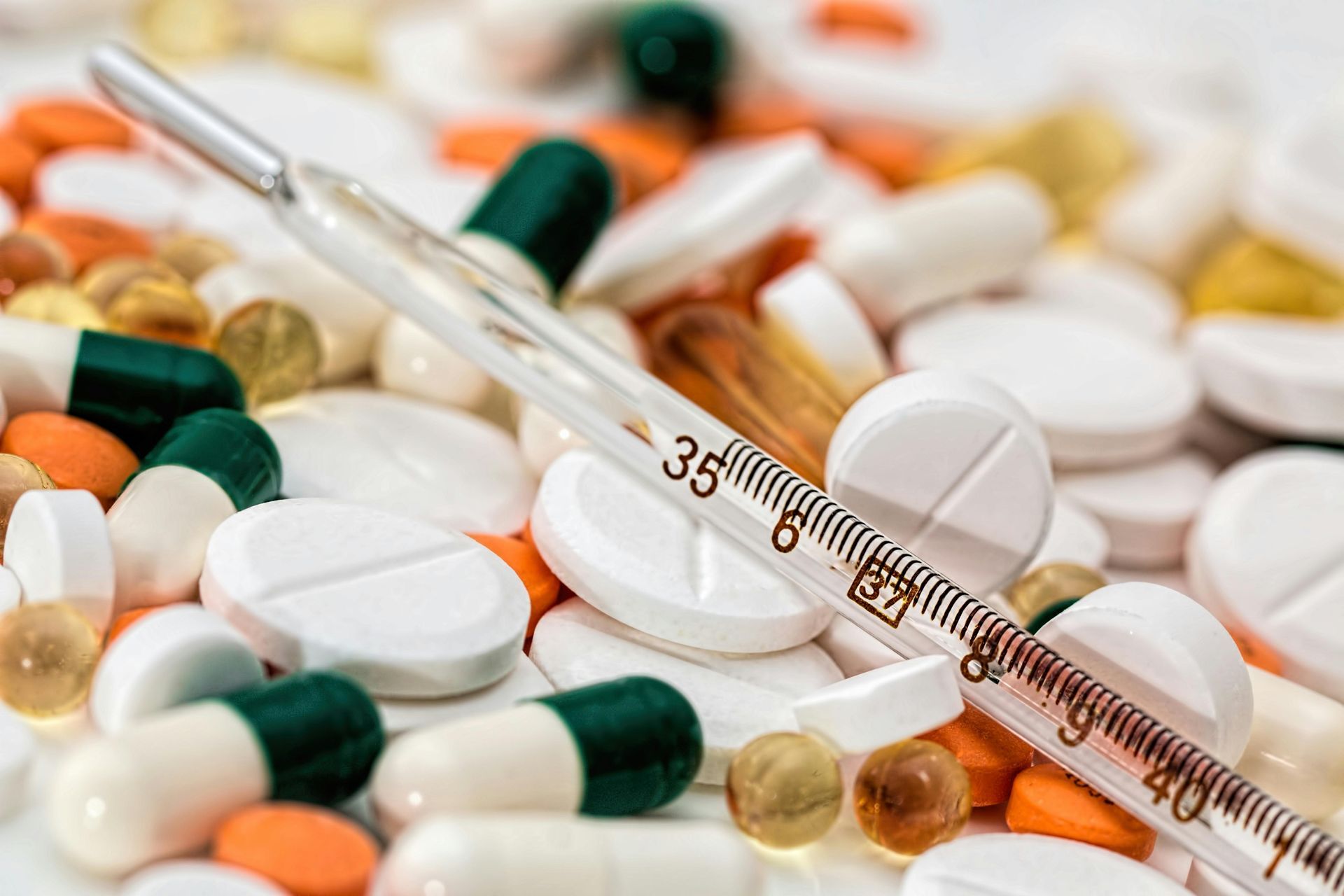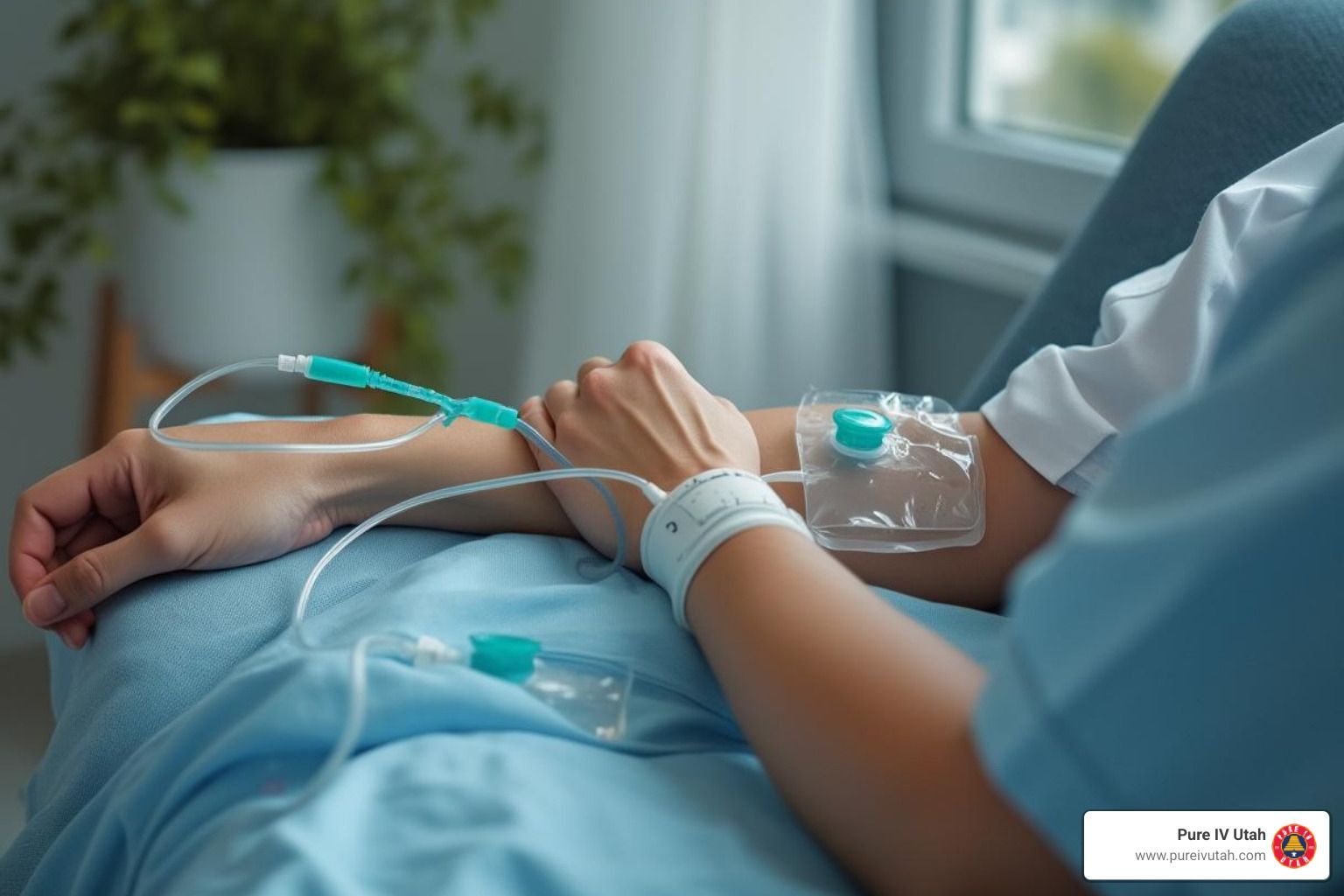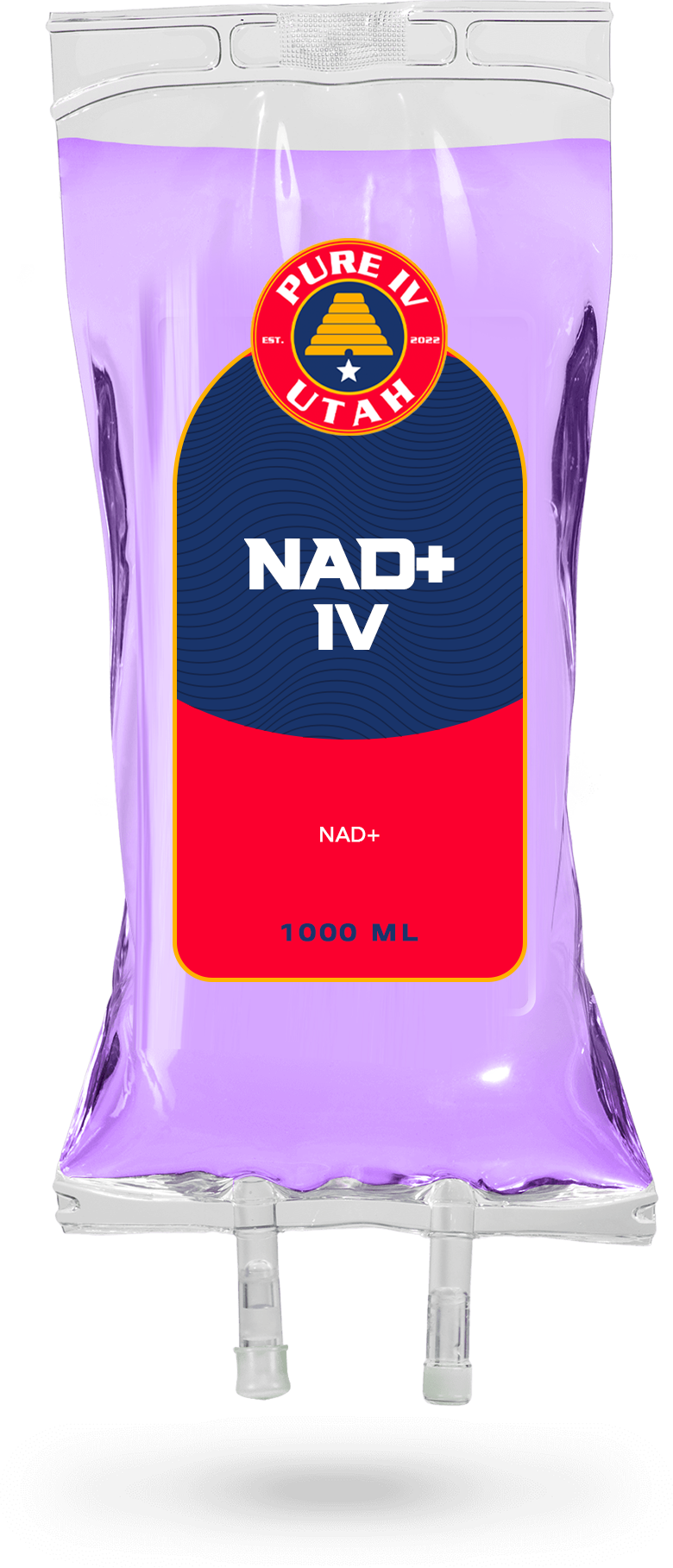Intravenous Rehydration Solution Explained (Without the Medical Jargon)

Medically reviewed by Micaela Strevay, FNP-C, PMHNP-BC
Joseph Lopez • June 23, 2025
Table of Contents
Why Understanding Intravenous Rehydration Solutions Matters

An intravenous rehydration solution is sterile fluid delivered directly into your bloodstream through an IV line to quickly restore your body's water and electrolyte balance when you're severely dehydrated.
Quick Answer for Intravenous Rehydration Solutions: - What it is: Sterile water mixed with salts and sometimes sugar, delivered through a vein - When needed: Severe dehydration from illness, heat, altitude, or when you can't keep fluids down - Types: Normal saline (salt water), balanced solutions like Lactated Ringer's, or specialized formulas - Speed: Works within 15-30 minutes vs hours for oral fluids - Cost: $100-500 per session depending on location and complexity
Think of it this way: when your car's radiator is bone dry, you don't slowly drip water in - you need to fill it fast. That's exactly what IV rehydration does for your body.
Your body is roughly 60% water, and when you lose too much through vomiting, diarrhea, sweating, or illness, drinking water alone might not cut it. Sometimes your stomach can't keep anything down. Other times, you need electrolytes replaced so quickly that waiting for your digestive system isn't an option.
The research shows that IV fluids work faster than oral rehydration - but they're not always necessary. For mild to moderate dehydration, oral solutions work just as well and cost 33% less. But when you're dealing with severe dehydration, nothing beats the speed of IV therapy.
I'm Joseph Lopez from Pure IV Utah, and I've spent years helping busy professionals, travelers, and families across Utah recover quickly from dehydration through mobile IV therapy.

When and Why an Intravenous Rehydration Solution Is Needed
Dehydration can sneak up on you, especially with Utah's dry climate and high altitude. While your body handles mild dehydration well with water or sports drinks, there are times when an intravenous rehydration solution becomes absolutely necessary.
Severe dehydration hits when your body loses fluids faster than you can replace them. Heat stroke is particularly dangerous - when your core temperature climbs above 104°F, your body's cooling system fails and IV fluids become lifesaving.
Gastroenteritis creates what I call the "hydration trap." You're losing fluids from both ends while your stomach throws up anything you try to drink. Blood loss from surgery or injury creates immediate crisis where your heart needs enough fluid volume to maintain blood pressure.
Electrolyte imbalances often accompany severe dehydration, causing muscle cramps, confusion, irregular heartbeat, or even seizures.
Signs It's Time for an Intravenous Rehydration Solution
Learning to spot severe dehydration could save your life. Check your mucous membranes - the inside of your mouth and gums. When dehydrated, they become dry and sticky instead of moist and pink.
Sunken eyes indicate significant fluid loss, especially noticeable in children and elderly adults. Your heart works overtime when severely dehydrated, leading to tachycardia - resting heart rate above 100 beats per minute.
Blood pressure changes tell an important story. Initially, your body maintains pressure by squeezing blood vessels, but eventually pressure drops, causing dizziness when standing.
The skin turgor test provides quick assessment. Pinch the skin on your hand's back - it should snap back instantly. Taking more than two seconds indicates significant dehydration.
IV vs Oral Rehydration: Making the Call
Oral rehydration solutions (ORS) work just as well as IV therapy for mild to moderate dehydration and cost much less. But persistent nausea and vomiting create a cycle where you need fluids but can't keep anything down.
Gut function plays a huge role. Severe diarrhea can cause fluid loss faster than intestines can absorb replacement fluids. Sometimes time is the deciding factor - if you need to function quickly for work or travel, waiting 4-6 hours for oral rehydration isn't realistic.
Scientific research on oral vs IV rehydration shows IV therapy becomes essential when oral methods fail or time is critical.
Choosing the Right IV Fluid: Crystalloids, Colloids & Beyond
Picking the right intravenous rehydration solution is like choosing the right key for a lock - one size doesn't fit all. The type of IV fluid you receive makes a huge difference in recovery speed and how your body responds.
IV fluids break down into two main families: crystalloids and colloids. Crystalloids contain tiny molecules that move easily between blood vessels and tissues - they're the workhorses of rehydration. Colloids contain larger molecules that stay in your bloodstream, excellent for maintaining blood pressure.

Normal saline is basically sterile salt water matching your blood's salt concentration. However, it contains more chloride than your body normally likes, which can affect pH balance with large volumes.
Balanced solutions like Lactated Ringer's and Plasma-Lyte contain multiple electrolytes in ratios matching your natural bloodstream. Your body recognizes and handles them better.
Dextrose-containing solutions provide both hydration and energy while helping your body retain fluid better.
Crystalloids 101: Normal Saline & Balanced Solutions
Normal saline (0.9% NaCl) contains exactly 9 grams of sodium chloride per liter in sterile water. It's isotonic, meaning it won't make cells shrink or swell. However, it contains about 50% more chloride than normal blood levels.
Lactated Ringer's takes a balanced approach with sodium, chloride, potassium, calcium, and lactate. Your liver converts lactate into bicarbonate, helping maintain proper blood pH.
Plasma-Lyte mimics your body's natural fluid composition even more closely, with engineered ratios that maintain acid-base balance better than normal saline.
Colloids & Specialized Fluids
Colloids contain large molecules acting like magnets, pulling fluid into your bloodstream and keeping it there. Albumin, a natural blood protein, rapidly expands blood volume, making it valuable for severe blood loss.
Synthetic colloids like hetastarch serve similar purposes but are manufactured rather than blood-derived. Scientific research on IV fluid choice shows crystalloids work just as well as colloids for routine dehydration while being safer and less expensive.
Blood products represent the most specialized category, replacing cellular components that carry oxygen and help with clotting, reserved for emergencies or specific medical conditions.
Step-by-Step: How IV Rehydration Is Administered and Monitored
Getting an IV involves a careful process ensuring safety and effectiveness. As licensed nurses providing mobile IV therapy across Utah, we follow strict protocols whether treating someone in Park City or Provo.
The process begins with assessment - evaluating symptoms, medical history, medications, and allergies. We check vital signs to establish baseline measurements before determining the best intravenous rehydration solution for your situation.
Vascular access means finding a good vein and inserting the IV catheter, typically in your arm or hand. We maintain aseptic technique throughout - cleaning hands, wearing gloves, disinfecting skin, and using sterile equipment to prevent infection.
Once established, we connect the IV to fluid bags and infusion systems. Modern IV pumps allow precise flow rate control, ensuring you receive the right amount at appropriate speed.
Monitoring continues throughout treatment, checking the IV site for problems and monitoring your response to treatment.
Setting Up the Drip: Equipment & Safety
A tourniquet helps locate suitable veins by temporarily restricting blood flow. We use latex-free tourniquets and remove them once the IV is placed.
IV catheters come in different gauge sizes - smaller numbers mean larger catheters. For routine rehydration, we typically use 20 or 22-gauge catheters providing good flow while staying comfortable.

Skin disinfection uses alcohol-based solutions killing bacteria and reducing infection risk. We clean the insertion site and allow complete drying before catheter insertion.
Modern IV tubing includes safety features like filters removing particles and air bubbles, plus one-way valves preventing blood backup.
Determining Rate & Volume
Calculating the right amount and speed involves weight-based formulas. Your total body water is roughly 60% of body weight in men, 50% in women, helping estimate fluid loss and replacement needs.
Maintenance fluid needs represent daily requirements for normal function - roughly 30-35 mL per kilogram body weight for adults. Children have higher relative needs due to faster metabolisms.
Deficit replacement addresses fluid already lost through dehydration, estimated based on symptoms and clinical signs. Mild dehydration represents 3-5% fluid loss, while severe dehydration could be 10% or more.

Bolus administration means giving fluids quickly - typically 250-500 mL over 15-30 minutes for adults when rapid symptom relief is needed.
Pros, Cons, and Alternatives to IV Rehydration Therapy
Intravenous rehydration solutions aren't magic, and they're not right for everyone. The best healthcare decisions come from understanding both benefits and drawbacks.
The biggest advantage? Speed that matters. When you're lying in bed with a pounding headache, waiting 4-6 hours for oral fluids isn't realistic. IV therapy bypasses your digestive system, delivering fluids directly into your bloodstream within minutes.
Customization sets IV therapy apart from sports drinks. Feeling exhausted from altitude sickness? We can add B vitamins and extra electrolytes. Recovering from a stomach bug? We'll focus on anti-nausea support and gentle rehydration.
But let's talk about cost - IV therapy typically runs $100-500 per session, while oral rehydration solutions cost a few dollars. The invasive nature can't be ignored either - any needle insertion carries small risks of infection, bruising, or vein irritation.
Benefits and Potential Risks of Intravenous Rehydration Solution
Symptom relief from IV therapy often surprises people with its speed. Crushing dehydration headaches usually start improving within 15 minutes as blood volume increases. Brain fog and fatigue clear up as cells get needed hydration.
Hemodynamic support helps your heart work effectively. When dehydrated, your heart works overtime pumping thickened blood. IV fluids quickly restore normal blood volume, reducing cardiovascular strain.
Mental clarity improvements can be dramatic since dehydration significantly affects brain function.
However, vein irritation occasionally causes tenderness, redness, or slight swelling along the vein, usually resolving within days. Fluid overload represents a more serious but rare concern with proper monitoring. Infection risk stays low with proper sterile technique but is never zero.
Alternatives: When IV Isn't the Only Option
Oral rehydration packets (ORS) contain scientifically formulated salt and sugar ratios maximizing intestinal fluid absorption. Small, frequent sips often succeed where large amounts fail - your stomach can usually handle 1-2 ounces every 15 minutes.
Anti-nausea medications can be game-changers when vomiting prevents oral rehydration. Sometimes treating nausea first opens the door for successful oral fluid replacement.
Subcutaneous fluids - injecting under the skin rather than into veins - work slower than IV but faster than oral methods, occasionally used when vein access is challenging.
The key is matching treatment to your situation. Mild dehydration from a workout? Water might be perfect. Severe dehydration when you can't keep anything down? That's when intravenous rehydration solutions really shine.
Costs, Special Populations & Global Use
Understanding the real costs of intravenous rehydration solutions helps you make smart health decisions. Hospital emergency room visits for dehydration can easily hit $1,000 to $5,000 with facility fees, nursing costs, and physician charges.
Mobile IV services typically run $150-400 depending on treatment needs and location. While more expensive than sports drinks, it often makes financial sense when considering avoided ER visits or faster return to work.
Insurance coverage is tricky - genuine medical dehydration has better coverage chances than wellness treatments. Many clients use health savings accounts or flexible spending funds to offset costs.

Children, Elderly & High-Risk Groups
Children aren't small adults - they lose fluids faster due to higher surface area relative to body weight. Kids need about 45 mL per pound per day for the first 22 pounds of body weight, before replacing losses from illness.
Children should receive isotonic solutions matching blood concentration rather than diluted solutions that could cause dangerous sodium drops leading to seizures.
Elderly patients present unique challenges - kidneys work less efficiently, hearts may not pump as strongly, and they often don't feel thirsty when needing fluids. Falls become a concern with IV equipment and potential dizziness as fluid levels change.
People with heart failure, kidney disease, diabetes, or liver problems need modified approaches since these conditions change how the body handles fluids and electrolytes.
Historical Evolution & Current Practice Around the World
IV therapy started in 1832 when Dr. Thomas Latta injected salt water into cholera patients' veins, launching the entire field. World War II brought major improvements in blood banking and fluid replacement, with wars refining techniques further.
Modern mobile IV therapy represents the newest evolution, bringing hospital-quality treatments directly to homes, offices, or hotels. This approach has gained popularity in cities like Salt Lake City and Park City where busy lifestyles create demand for convenient recovery.
Globally, the World Health Organization promotes oral rehydration as first choice since oral solutions cost pennies and work effectively for most situations without requiring medical facilities.
Frequently Asked Questions about Intravenous Rehydration Solution
After helping thousands of clients across Utah, people ask remarkably similar questions about intravenous rehydration solutions . Here are the most common concerns with straightforward answers.
How long does treatment take? Most rehydration sessions take 30-60 minutes from start to finish, depending on dehydration severity and fluid needs.
Will the IV hurt? There's a quick pinch when the needle goes in, similar to blood draws. Once placed, you shouldn't feel pain - many find the cool fluid sensation soothing.
Can I move around? Absolutely! Portable IV pumps let you use the bathroom, grab snacks, or move rooms. Just avoid vigorous arm movements.
What if I'm scared of needles? Needle anxiety is common. We use distraction techniques, breathing exercises, and can apply numbing cream if needed.
What side effects should I watch for?
Phlebitis (mild vein irritation) might cause redness, warmth, or tenderness along the vein 12-24 hours after treatment. It feels like a mild bruise and resolves within days.
Swelling at the IV site occasionally happens if fluid leaks into surrounding tissue. Your body absorbs this quickly, but significant swelling with increasing pain warrants a call.
Fever after treatment is uncommon but worth mentioning. Any fever within 24-48 hours deserves medical attention.
Dizziness during treatment often means the IV is working as your blood volume increases and circulation improves.
How fast will I feel better?
Within 15 minutes , many notice headaches fading or nausea settling as blood volume increases. By 30-60 minutes , most report feeling dramatically better - energy returns, mental fog lifts, and that awful feeling melts away.
Complete recovery typically occurs within 2-4 hours as your body fully processes the fluids. Benefits last several days with normal eating, drinking, and activity patterns.
Can I get IV fluids at home?
Yes! Mobile IV therapy brings professional-grade intravenous rehydration solutions to your doorstep. Our licensed nurses provide hospital-quality care in your comfortable surroundings.
The process is simple - schedule an appointment, and we arrive with everything needed. No rushing, waiting rooms, or parking hassles. Safety protocols for home IV therapy are just as rigorous as medical facilities, with strict sterile technique and continuous monitoring.
Conclusion
Understanding intravenous rehydration solutions comes down to knowing your body's needs and when to act. Whether battling flu in Salt Lake City or recovering from Utah's challenging hikes, knowing your options makes all the difference.
Mild dehydration responds beautifully to drinking water or sports drinks - your body recovers well with the right tools. But severe dehydration, especially when you can't keep fluids down or need quick recovery, makes intravenous rehydration solutions your fastest route to feeling human again.
The science behind fluid choice matters. Normal saline works for straightforward dehydration , while balanced solutions like Lactated Ringer's mirror your body's natural composition more closely. Your medical history, dehydration severity, and symptoms determine the best approach.
Safety requires proper technique and monitoring. Choosing licensed providers following strict protocols makes a crucial difference in experience and outcomes.

At Pure IV Utah, mobile IV therapy transforms someone's day. From executives who can't miss meetings to parents needing energy for family care, professional intravenous rehydration solutions delivered in your space eliminate barriers preventing people from getting needed care.
Our licensed nurses bring hospital-quality treatment directly to you across Salt Lake County, Utah County, Davis County, Weber County, Washington County, and Tooele County. No waiting rooms, parking hassles, or wondering if you're well enough to drive.
The investment pays dividends beyond feeling better. Faster recovery means less missed work, better family care, and quicker return to loved activities without extended downtime from severe dehydration.
Stay ahead of dehydration when possible , recognize warning signs signaling professional help, and don't hesitate reaching out when oral rehydration isn't working. Your body deserves the best available care.
Ready to experience professional mobile IV therapy? More info about mobile IV therapy is just a click away, and scheduling in-home treatment is easier than you think. When it comes to your health, feeling your best shouldn't wait.




